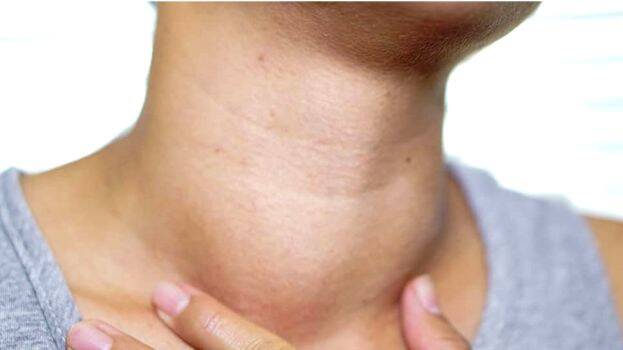
lymphadenopathy: Causes, Symptoms, Treatment
Lymphadenopathy refers to the condition characterized by enlarged lymph nodes, which are critical components of the body’s immune system. These nodes filter lymph fluid as it circulates through the body, trapping bacteria, viruses, and other foreign substances, which are then destroyed by specialized white blood cells known as lymphocytes. Lymphadenopathy can occur in just one area of the body (localized) or in multiple areas (generalized), and its presence often indicates an ongoing inflammatory response or disease process.
Causes of Lymphadenopathy
The causes of lymphadenopathy can be broadly classified into infectious, inflammatory, and malignant:
Infectious Causes: Bacterial infections (like streptococcus, staphylococcus, tuberculosis), viral infections (such as HIV, Epstein-Barr virus, cytomegalovirus), fungal infections, and parasitic infections can cause lymph node enlargement as the body attempts to fight off these pathogens.
Inflammatory and Autoimmune Causes: Diseases such as lupus, rheumatoid arthritis, and sarcoidosis can lead to lymphadenopathy as part of the immune response to inflammation.
Malignant Causes: Cancers that originate in the lymphatic system itself, like lymphomas, or cancers that metastasize to lymph nodes from other sites can cause lymphadenopathy. Leukemia can also cause enlargement of lymph nodes due to the proliferation of leukemic cells.
Symptoms
While lymphadenopathy itself may not cause symptoms beyond the noticeable swelling of lymph nodes, underlying conditions often produce additional signs and symptoms, such as:
- Fever and night sweats (common in infections and lymphoma)
- Weight loss (seen in cancer and certain infections)
- Fatigue and general malaise
- Pain or tenderness in the affected lymph nodes (more common with infections)
- Symptoms specific to the underlying cause, such as a sore throat in infectious mononucleosis or joint pain in rheumatoid arthritis
Diagnosis
Diagnosing the cause of lymphadenopathy typically involves:
Medical History and Physical Examination: To assess symptoms and identify potential exposure to infectious agents or risk factors for cancer.
Blood Tests: Including complete blood count (CBC) and specific tests for infectious agents or autoimmune markers.
Imaging Studies: Such as ultrasound, CT scans, or MRI, to evaluate the size, number, and characteristics of enlarged lymph nodes and to look for possible sources of infection or malignancy.
Biopsy: A definitive diagnosis often requires a biopsy of the enlarged lymph node, which involves removing a small tissue sample for microscopic examination. This can distinguish between reactive (benign) lymphadenopathy, infection, and cancer.
Treatment
Treatment of lymphadenopathy focuses on addressing the underlying cause:
Infections: Antibiotics, antivirals, or antifungal medications, depending on the pathogen involved.
Inflammatory and Autoimmune Diseases: Treatment may include anti-inflammatory medications or immunosuppressive drugs.
Cancer: Depending on the type and stage, treatment options may involve chemotherapy, radiation therapy, targeted therapy, or surgery.
Conclusion
Lymphadenopathy is a common and often benign condition, but it can also be the first sign of a more serious underlying disease. If you notice persistent or unexplained lymph node enlargement, especially if accompanied by other symptoms like fever, weight loss, or night sweats, it’s important to seek medical evaluation to determine the cause and appropriate treatment.
To book online select the date and time that suits you best – alternatively, please contact us with any questions via the chat, call or email links provided.
Telephone: 020 7101 3377

